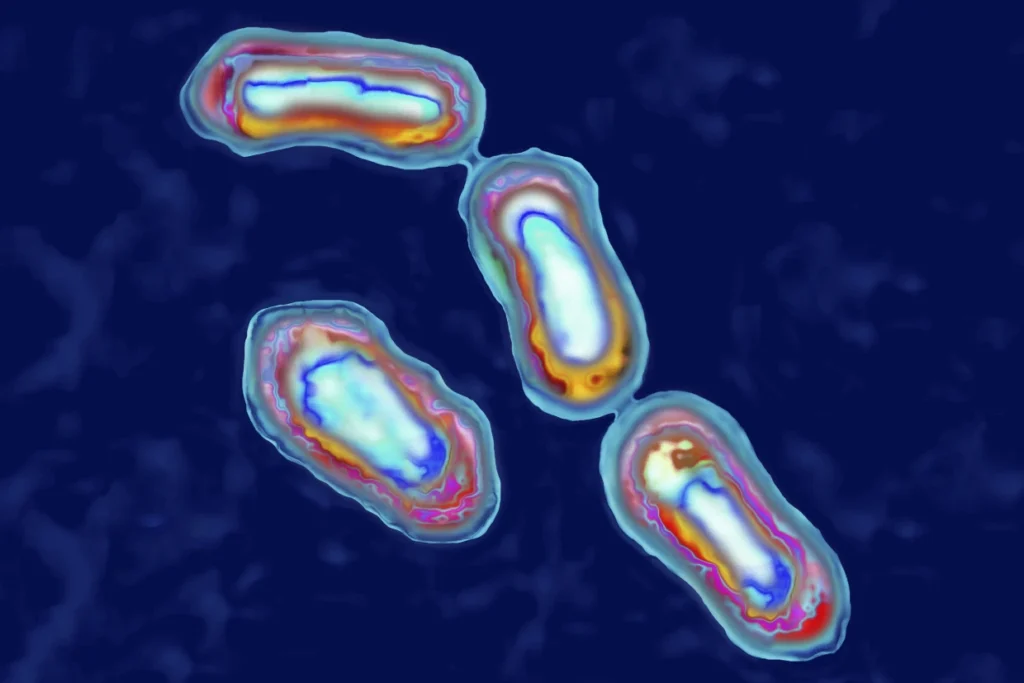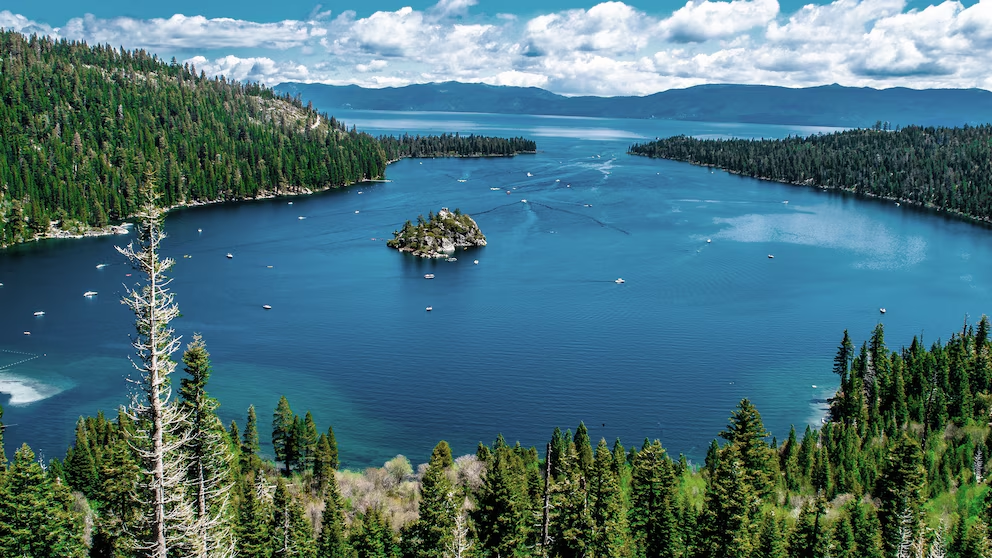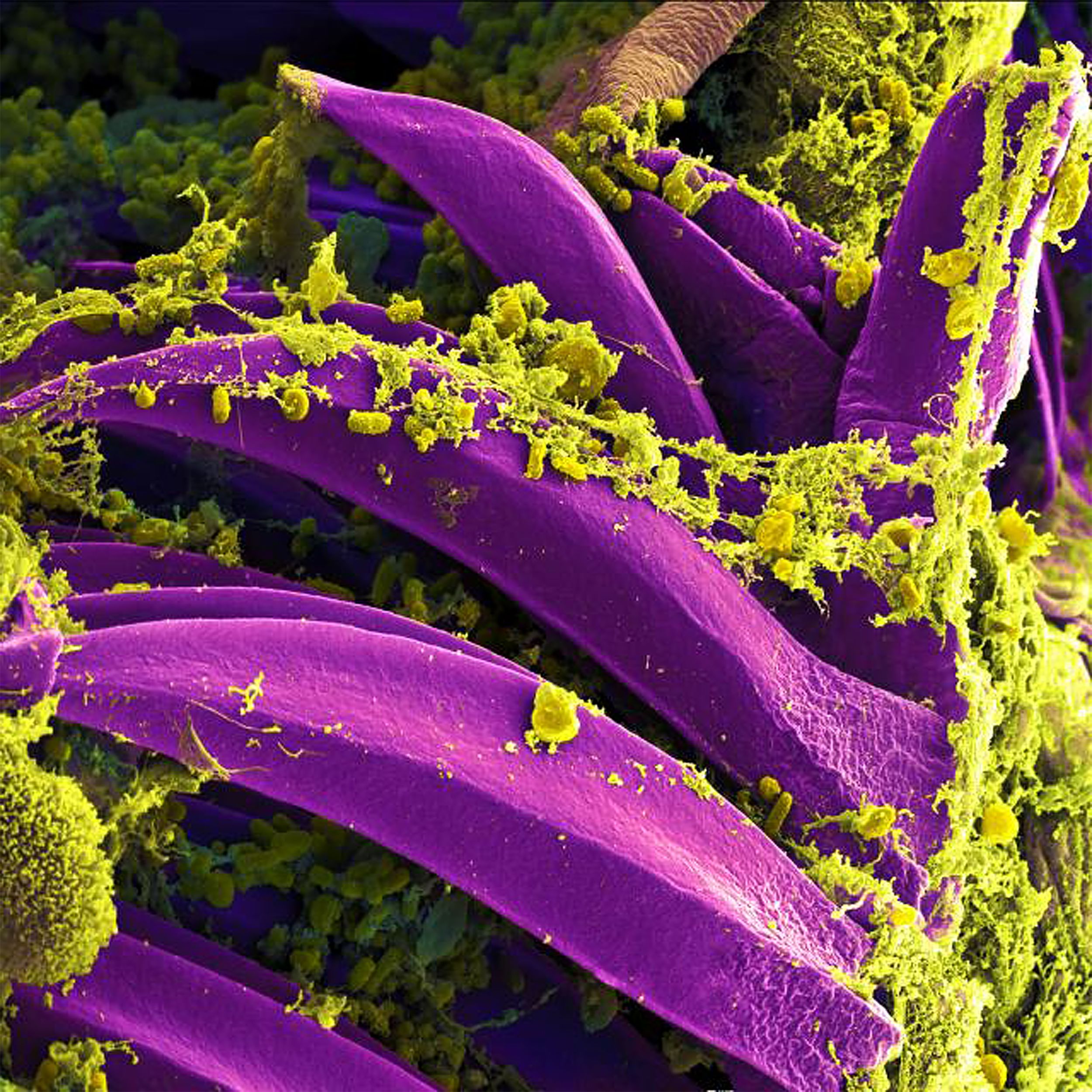Introduction: An Ancient Threat Reawakens in California’s Wild
Imagine pitching your tent under a canopy of towering pines, the air crisp and clear—this is California’s wilderness at its mesmerizing best. But in August 2025, South Lake Tahoe offered an unexpected reminder that nature, as beautiful as it is, can harbor ancient dangers. A local resident tested positive for plague, a disease once synonymous with medieval catastrophe.

This wasn’t a plot twist in a thriller—it was very real. And it begs us to ponder: how can such a rare, historically devastating disease reemerge in modern-day California?
A Storied Illness: Plague Then and Now in California
Historic Flashback vs. Present Reality
The 1924 Los Angeles pneumonic plague outbreak remains a grim reminder: 37 suspected cases, 30 fatalities—triggered by infected rats and squirrels—sparked containment and public panic.(Wikipedia)
Fast forward to recent years, human plague cases remained exceedingly rare—until this August, when South Lake Tahoe saw its first confirmed human infection since 2020.(San Francisco Chronicle, El Dorado County)
Mystery in the High Sierra
Here’s how this incident unfolded:

A resident camping in South Lake Tahoe was likely bitten by an infected flea, exposed to Yersinia pestis, the bacterium responsible for plague.(San Francisco Chronicle, El Dorado County)
The patient is recovering at home under medical care—a fortunate outcome, thanks to early diagnosis and effective antibiotic treatment.(San Francisco Chronicle)
Surveillance between 2021–2024 recorded 41 plague-positive rodents—ground squirrels and chipmunks—in El Dorado County’s Tahoe Basin; four more cases have emerged so far in 2025.(San Francisco Chronicle, El Dorado County)
Residents and visitors have been urged to use insect repellent, avoid wildlife contact, keep pets controlled, and remain vigilant in the region.(San Francisco Chronicle, El Dorado County)
Key Insights: Lessons from Tahoe’s Unexpected Alarm
1. Nature’s Ancient Threat Still Echoes Today
Plague isn’t just a relic—it persists in certain Californian ecosystems, especially at elevation. South Lake Tahoe’s recent case proves it unmistakably.
2. Wildlife Surveillance Is Critical
Detecting plague-positive rodents in advance is a vital buffer—it enabled early alerts and may have averted more cases.(El Dorado County, San Francisco Chronicle)
3. Pets Can Be Silent Vectors
Even a beloved pet can ferry infected fleas indoors. Health experts stress controlling pets’ interactions with wildlife.(San Francisco Chronicle, El Dorado County)
4. Antibiotics Remain Powerful Allies
Despite plague’s fearsome reputation, modern medicine shrinks its threat exponentially—if caught early.(ABC News, San Francisco Chronicle)
5. Balancing Adventure and Awareness
California’s rugged beauty invites us to explore—but with it comes responsibility. Knowing risks and preventive measures isn’t alarmism—it’s common sense.
A Personal Reflection: A Tahoe Trek Turned Tense
A few years back, I embarked on a dawn hike through Tahoe’s trail-strewn wilderness with friends. Among the towering firs and serene lakes, one friend developed a swollen lymph node and fever days later. We feared the worst—but thankfully, it turned out to be a minor infection.
Still, that scare stuck with me. The boundary between nature’s calm and potential danger can be surprisingly thin—and now, that realization has a name: plague.
Why This Matters for You—Even if You’re Not in Tahoe
Here’s a broader lens:
Aware Explorers Travel Smart: Whether it’s Tahoe, Yosemite, or your local wilderness, being informed prevents surprises.
Public Health Depends on Each One of Us: Reporting dead wildlife, following travel advisories, and being mindful of symptoms help authorities act swiftly.
History Isn’t Always History: Old diseases don’t always stay buried—and recognizing that helps us stay prepared.
Table: Comparing Plague Cases in California
| Year / Region | Incident Type | Notes |
|---|---|---|
| 1924 (Los Angeles) | Pneumonic plague outbreak | 37 suspected, 30 deaths(Wikipedia) |
| 2005–06 (various counties) | Isolated human cases | Treated successfully(CDPH) |
| 2015 (Yosemite NP) | Two human cases | Exposed via rodents/fleas(CDPH) |
| 2020 (El Dorado Co.) | One human case | South Lake Tahoe region(San Francisco Chronicle, El Dorado County) |
| 2021–2024 (Tahoe Basin) | 41 rodents detected | Surveillance alert level(San Francisco Chronicle, El Dorado County) |
| 2025 (Tahoe Basin) | 4 additional rodents noted | Continued wildlife activity(San Francisco Chronicle, El Dorado County) |
| 2025 (South Lake Tahoe) | Human case (present case) | First since 2020(San Francisco Chronicle, El Dorado County) |
Practical Preparedness for Nature Lovers
Whether you’re off to Tahoe’s trails or exploring your local woodlands, here’s how to stay safe:
Avoid Wild Rodents: Don’t feed or touch squirrels, chipmunks, or rodents—alive or dead.
Protect Pets: Keep them on a leash, avoid wildlife, and use flea prevention.
Dress Defensively: Long pants tucked into boots, plus DEET-based repellent on cuffs, reduce flea bite risks.
Use Caution in Known Zones: Stay alert for warning signs in campsites and hiking areas.
Know the Symptoms: Fever, swollen lymph nodes, nausea, weakness—if symptoms appear within two weeks of exposure, consult a healthcare provider and mention possible exposure.
Support Surveillance Efforts: Report sightings of dead wildlife—your call may be vital.
Conclusion: Nature’s Beauty, Health’s Vigilance
The South Lake Tahoe plague case is more than news—it’s a wake-up call. California’s wild places enchant us, but they also remind us that ancient threats can still linger.
Let’s honor both mountains and microbes by blending exploration with awareness, preparation, and respect.
Call to Action
Have you ever encountered unexpected wildlife warnings during your travels? Or maybe you have experiences that echo this story? Share your stories below—your insight can help foster a safer, more informed outdoor community.
If this article resonated with you, please share it with anyone planning an outdoor adventure. And if you’d like more balanced, thoughtful content on health and nature, subscribe to our blog.
Stay curious. Stay safe.








